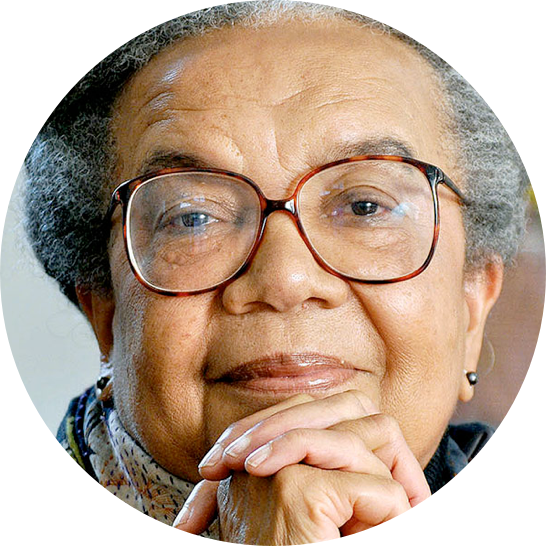The National COVID Week of Remembrance and Action came to a close with new hope that the pandemic may finally be transitioning out of the “full-blown” phase to a more controlled one in the United States, and that vaccines might soon be on the way for the youngest American children. But there were also new reminders of how devastating the pandemic has already been for millions of American families.
Researchers from the Black Coalition Against COVID (BCAC), the Equity Research and Innovation Center at Yale School of Medicine, and the Satcher Health Leadership Institute at Morehouse School of Medicine recently issued the report The State of Black America and COVID-19: A Two-Year Assessment, warning that the pandemic and its effects are far from over for many Americans, especially Black Americans and other communities of color. This latest report was commissioned in part to acknowledge that in January 2022—nearly two years into the pandemic—COVID-19 hospitalization rates for Black Americans were the highest they had been since the pandemic’s start. As Yale scholar and Presidential COVID-19 Health Equity Task Force chair Dr. Marcella Nunez-Smith wrote, “We hope to bring attention to the continued burden of COVID-19 in the Black community, even as we as a nation have made incredible progress overall . . . Given generations of systemic disinvestment in the health of Black communities in the United States, the starkly disproportionate rates of COVID-19 illness and death are not surprising.” Dr. Nunez-Smith also said: “I have a visceral reaction every time someone says we have to get back to normal because normal is what got us here. We need to get back to a new normal.”
The researchers emphasized that the disparities they see are not due to any differences in genetic predisposition, but were “the predictable result of structural and societal realities”—including that Black Americans were more likely to be considered essential workers; to live in multi-generational households, crowded homes, and densely populated urban areas; and to suffer from health conditions rooted in pre-existing health disparities, including exposure to environmental toxins, obesity, hypertension, diabetes, and chronic kidney disease, that contributed to greater risk for infection and serious illness. One of the starkest results has been that Black Americans ages 65-74 were five times more likely to die from COVID-19 than their white counterparts. But troubling disparities also run deep for Black Americans who recovered or who are still struggling to recover from COVID and for Black adults and children who may not even have gotten sick themselves but whose families experienced setbacks and devastating losses.
For example, Black Americans were twice as likely to experience food insecurity and more likely to experience pandemic-related anxiety, depression, and substance use disorders than white Americans. The BCAC team is now concerned about looming disparities in access to services and treatment for long COVID. Studies have found Black students and other students of color lost about one year of learning time during the pandemic, while white students lost to four to eight months. And there are also deep disparities in the number of children who suffered the most painful loss of all: one or both parents, a grandparent, or another caregiver dying from COVID-19.
More than 200,000 U.S. children have now lost a primary or secondary caregiver due to the pandemic, and research shows 65 percent of children who lost a primary caregiver were children of racial and ethnic minorities. For all of these children, any talk about relief at getting back to “normal” is impossibly cruel. Children grieving the loss of a parent are at higher risk of traumatic prolonged grief and depression, poor academic performance, and economic insecurity. Their lives will have a before and an after but will never have the same normal again—and they deserve a new, better normal most of all.
We know the root causes of these disparities, we have seen the devastating results, and now it is up to our nation to move forward with solutions. The State of Black America and COVID-19 ends with a series of twelve concrete action steps. As BCAC co-founder Dr. Reed Tuckson writes, “As of this report’s release, we understand that there remains unfinished work yet to do to save and protect our communities from the COVID-19 pandemic. We commissioned this two-year report because we believe it is important to examine the consequences of the pandemic for Black America. However, because we have a profound respect for Black life and survival, and indeed for all life, we understand that even after the pandemic resolves, the disparities in health status experienced by the Black community prior to the pandemic must be urgently addressed . . . All of the organizations that have come together under this coalition are committed to working tirelessly until this pandemic ends as well as vigorously addressing the preexisting health challenges that have plagued our community for far too long.”
We must all share the same mission.

